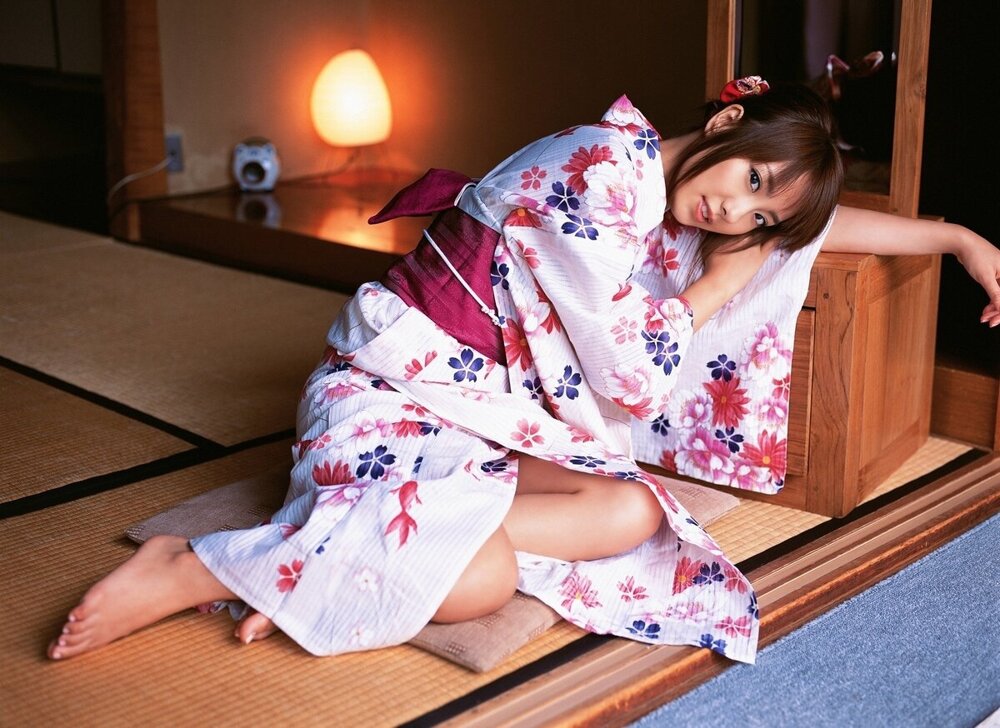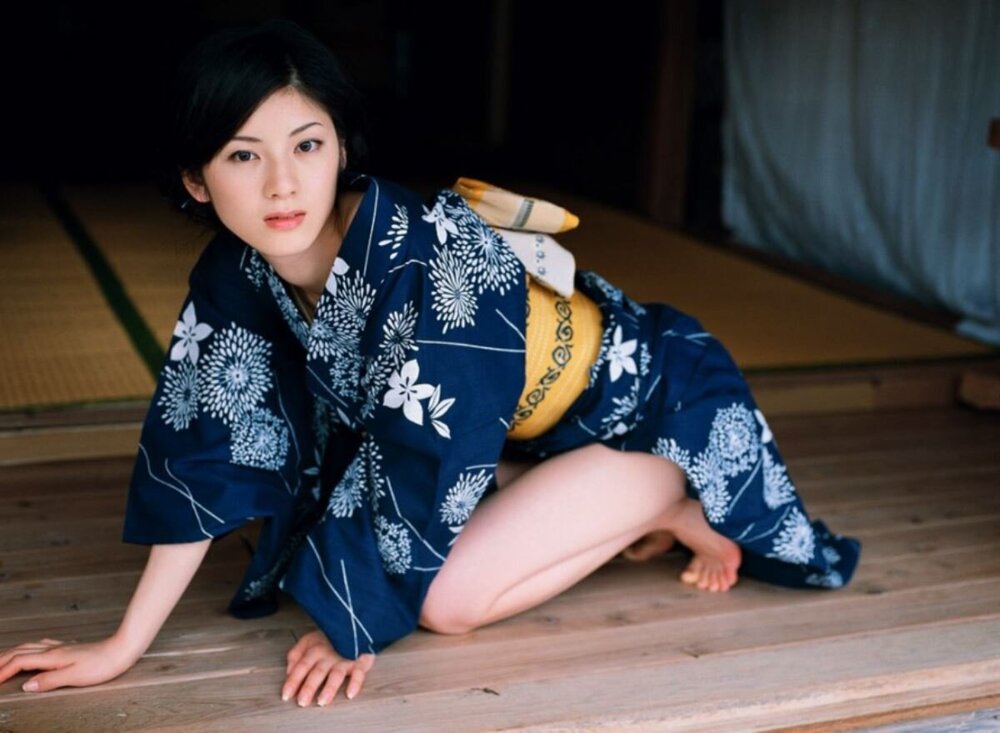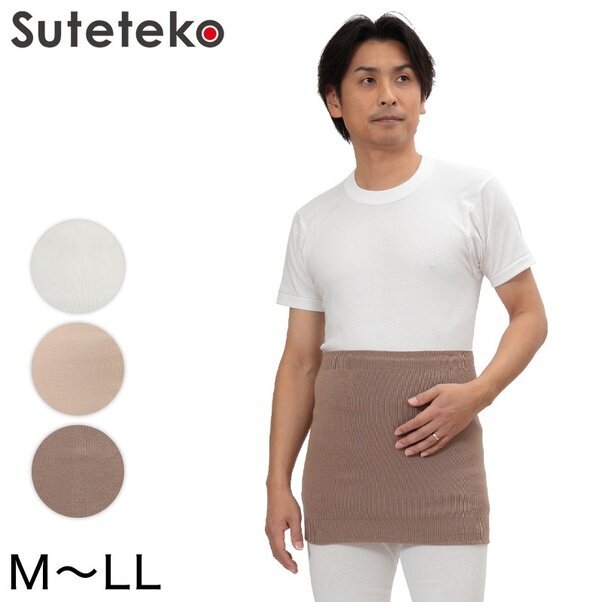Do Japanese women wear underwear under their kimonos? (4 photos)
There is no clear answer to this question. Everything very much depends on the situation, which could be the weather outside, a person’s personal preferences, his degree of familiarity with traditional Japanese clothing, and just a specific case - the presence of this or that thing at hand at the moment. So I will say: yes and no. 
In general, underwear appeared in Japan back in the Heian period, i.e., about a thousand years ago. Then it was a simple loincloth, which the nobility wore when necessary, especially in the cold season. And common people could only wear it in the summer. It was common among both men and women.
However, there has never been underwear in the European sense. It was adopted during the European modernization that began after the Meiji Restoration at the end of the 19th century. And it did not immediately gain popularity.
As for the kimono, this national costume is multi-layered. And the standard set includes not only a beautifully decorated outer outfit, but also separate underdresses.
What is worn directly on the body is called a hadajuban - it is something like a light T-shirt. Can be included with a loincloth - koshimaki. Many women wear it to straighten the lines of their body, making them more prominent and attractive. They also keep you warm in winter. They are made from lightweight fabrics that absorb sweat well and are comfortable for the body. 
Nagajuban (left) and Hadajuban (right)
Since the kimono itself is primarily for beauty, direct contact with the skin can be unpleasant. It is these things that serve as underwear in a traditional Japanese costume. But, from our point of view, they are not like him.
On top of the hadajuban they wear a nagajuban - in essence, this is the same kimono, only in a neutral, often white color. It separates the outer dress from the body, and covers those parts of it that are not desirable to be exposed to public view - in old Japan there was a strict ban on nudity. Thanks to this part of the set, the kimono touches the body only at its hem and sleeves. Also, its additional function is to protect expensive and delicate fabric from contamination. Washing it is a huge problem; even today, it often requires unstitching the kimono and then re-stitching it.
There is also a second version of the traditional Japanese dress. This is a yukata - a lighter and simplified version of a kimono. It originally evolved from a light cape worn by men and women when visiting onsen, or hot springs, for bathing. 
Yukata
Because of this special function, nothing was worn underneath it. But then the yukata, which was easy to use and put on, somewhat replaced the heavy and uncomfortable kimono. After all, putting on the latter is a whole separate problem. Just like a knight with armor, you can't do it on your own.
Yukata is most often used in the summer, when you don't need a lot of things. And when this dress became not specialized, but everyday wear, Japanese fashionistas were forced to wear hadajuban and/or nagajuban under it, since they also have important functions.
Now the rules are not very strict. And the Japanese have the opportunity to choose for themselves what kind of underwear to use - traditional or modern. But, in any case, they rarely go without it at all. Firstly, it is usually not very comfortable for your body and sometimes there is a chance of “exposing” its most attractive parts. Secondly, both yukata and kimono are very expensive. They use excellent fabrics, and there are not many craftsmen left. Therefore, a traditional dress is not worn on a naked body and, in general, is protected in every possible way. 
The specific set of clothes worn under the yukata and kimono, as I already said, may differ. Someone is not at all familiar with old Japanese clothing - instead he can use panties, a T-shirt and shorts. A man is more likely to wear hakama pants. Also, it can be cold in Japan too, and this fact makes its own adjustments.
Well, in the end, traditional dresses with stripes have been sewn for a long time, which imitate that there is a nagajuban under them. Therefore, anyone who wishes has the opportunity to wear the most banal panties under a kimono.





















